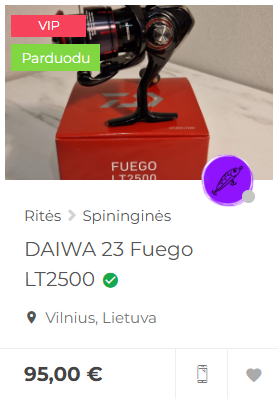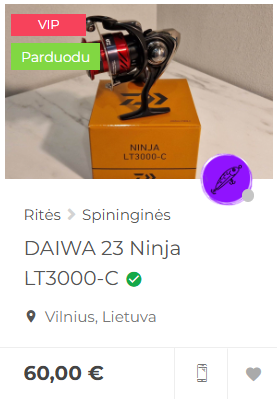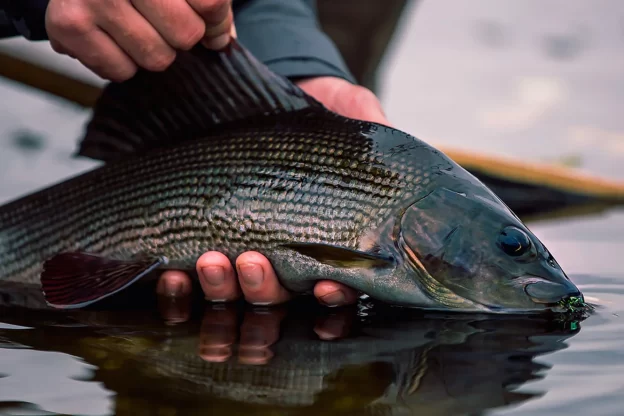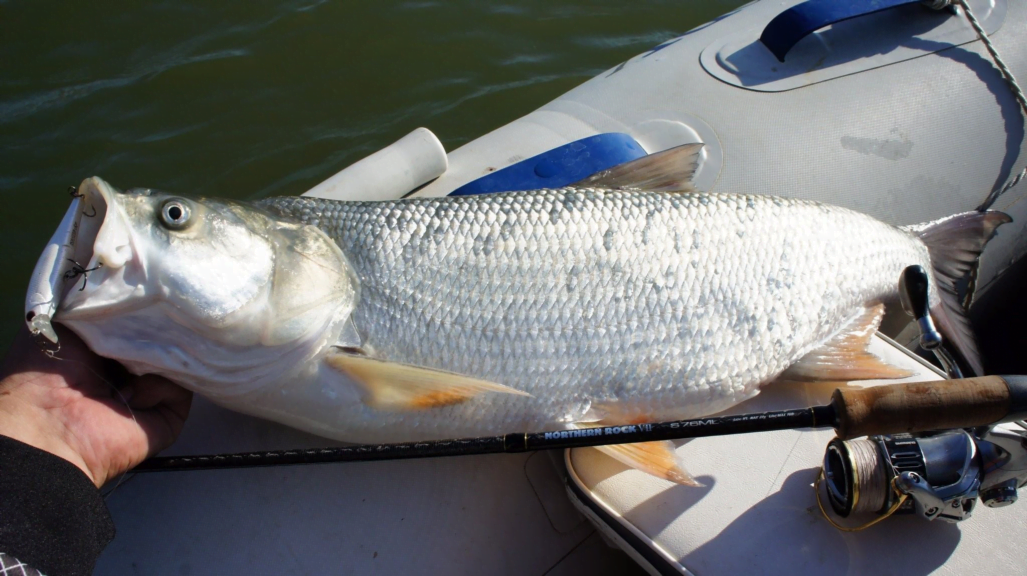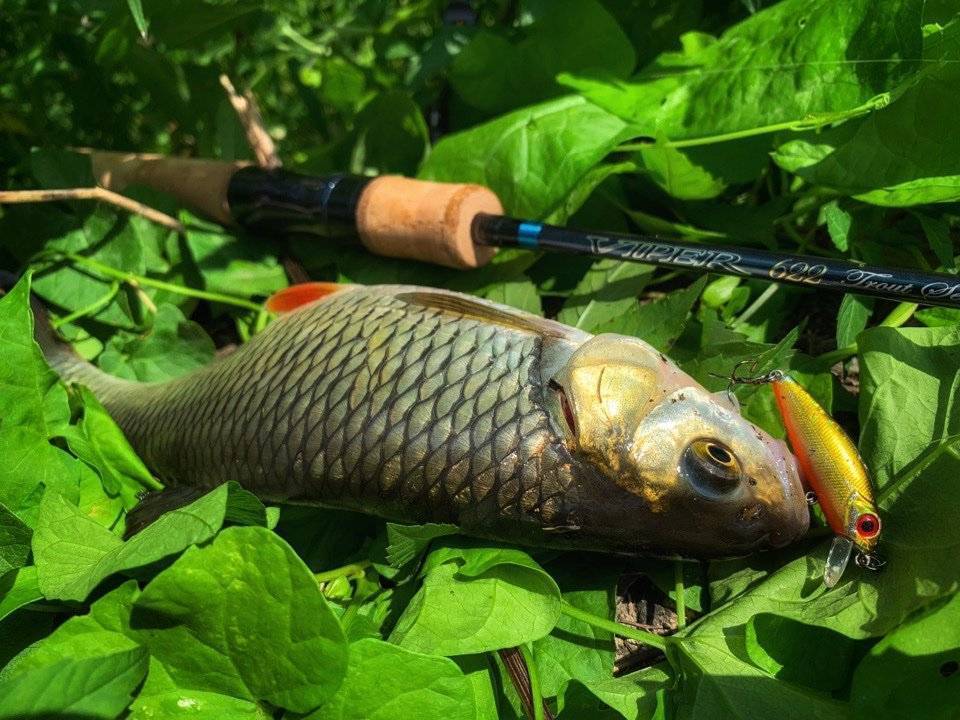Is there a fisherman who wouldn't to catch a pike? There really isn't one. This fish is a bright representative of freshwater bodies, which every fisherman dreams of catching. How many people knows, that due to their strong body, jaws and good eyesight, pike eat almost anything. The variety of food of this predator is great, we will look at what it eats in this article pike, when and how they hunt.
What does pike eat in lakes and rivers
Pike live mainly in lakes and rivers. It is more suitable for rivers with small current, flowing lakes, where there are bays, thickets of reeds, algae. This fish avoids stony, cold and rapid rivers. It can also be found in swamps, as it tolerates acidified waters, but in such reservoirs it can easily die due to lack of oxygen in winter.
The pike stands out among the rest of the fish for its appetite, although at first glance it looks quite thin and "small". Not everyone knows that she is practically omnivorous and does not hibernate, but she continues to eat all year round.
What do pike eat when they are still very small (about 7 mm), they eat the contents of yolk sacs. As soon as the contents of the bag are exhausted, the fry start feeding on small zooplankton, invertebrates and fish larvae. Chironomids are the basis of the diet of pike fry that have already grown up to 5 cm. Then they start feeding on fish, because growing organisms need energy, and larvae are no longer enough. The predator eats any fish living in the reservoir, often the pike's friends become its prey. Very often, it is the pike that plays the role of the reservoir's sanatorium.
How and when to hunt a pike
Most pike live and hunt alone. Sometimes they can form groups of several individuals.
Pike hunt mainly in two ways:
- From an ambush
- With sneaking from behind
In reservoirs where there is enough vegetation, there are sedges, stones, coastal bushes, overhanging banks, the pike waits motionless in ambush for the victim and rushes at it with lightning speed when it swims nearby. Where there is little vegetation, she hunts by stalking, and the predator can chase the victim not only in water, but also in the air, making jumps of amazing beauty.
Hunting in any way falls into the periods of more intensive feeding: in the fall, when the fish move en masse to deeper warm waters, and in the spring, during the post-spawning period of the fish. In the cold months, ambush hunting becomes more difficult, because the vegetation is significantly reduced - the plants settle to the bottom.
In winter, pike eat less willingly and no longer live as secluded as usual. Water temperature plays an important role in successful hunting - as it decreases, the predator becomes sluggish.
The pike grabs the prey by chance, but swallows it only from the head. If the caught prey is quite large, the predator keeps it in its mouth until the swallowed part is digested. Large pike swallow their prey whole.Her digestion is poorly developed. Due to the elastic stomach of the pike, which can double in size, it fills up, and then it can digest the ingested food not for one day, but even for weeks. Over time, the walls of the stomach become transparent. There have been cases when a pike caught a fish twice its size.
In conclusion
Pike is a very significant fish not only in nature, but also in human life. It prevents the overflow of tanks for various types of fish. In addition, by eating other representatives of the animal world, the predator ensures ecological balance in nature. On the other hand, many animals also feed on pikes.
People use this fish as a food product, as an object of recreational and sport fishing.


